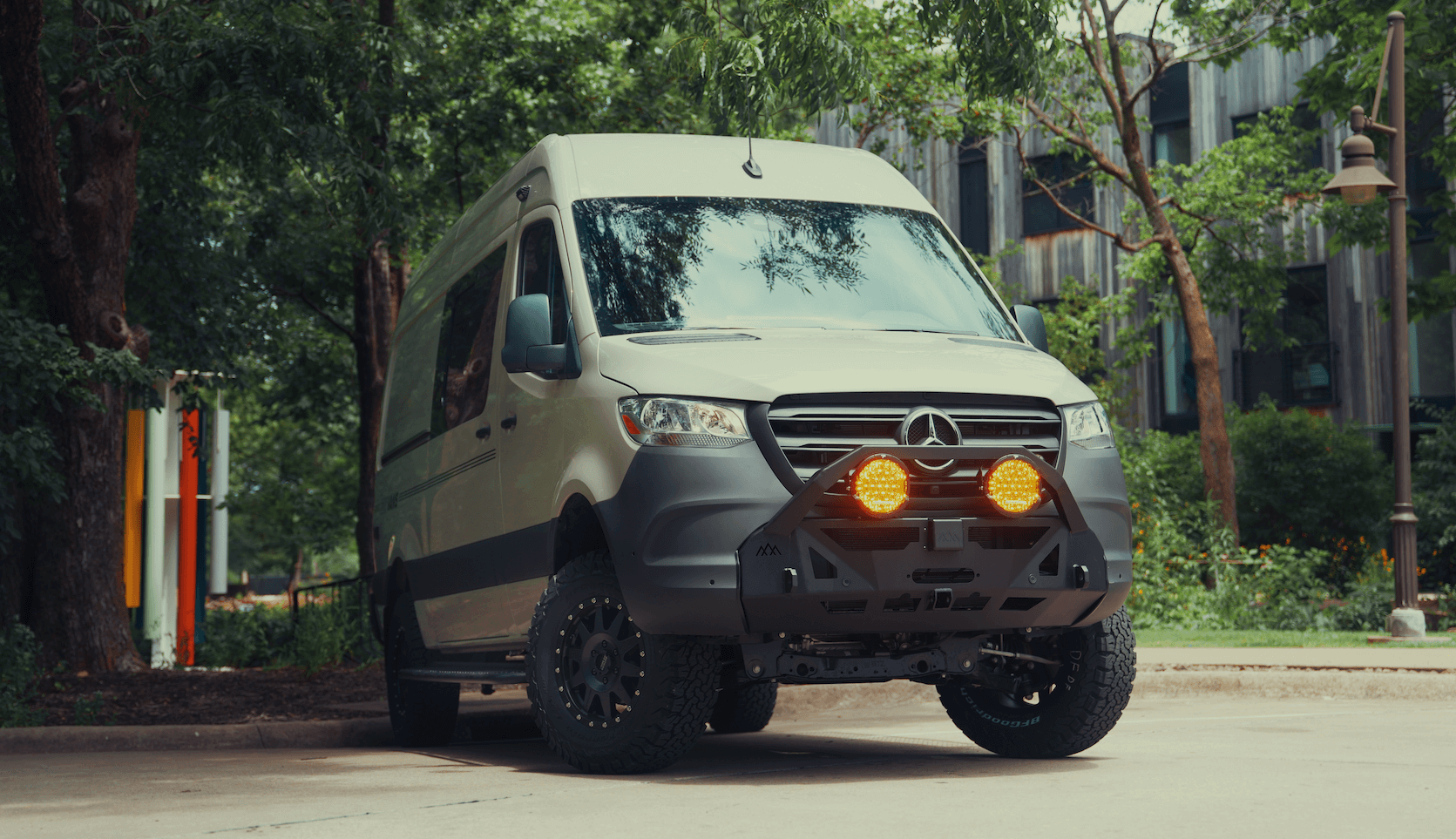Recreational Vans

Begin with an energy audit. List every device, note watts, and estimate hours used per day. Multiply watts by hours to get daily watt hours, then add a 20 to 30 percent buffer for cloudy days and seasonal swings. Convert to amp hours at your battery voltage to understand bank size. This baseline guides the rest of the design.
Key considerations:
Take your daily watt hours and divide by system voltage to get amp hours. With lithium, assume 90 percent usable capacity. A traveler using 1200 watt hours daily at 12 volts needs about 110 amp hours usable, which translates to a 130 amp hour lithium battery. Add capacity if you camp in shade, power a laptop all day, or run an induction cooktop. Cold weather reduces output from panels and can limit charging acceptance, so include thermal management.
A balanced system blends generation, storage, conversion, and protection. Solar panels feed an MPPT charge controller, which harvests maximum power across temperature and sun angles. The controller charges the lithium bank managed by a battery management system. An inverter charger provides household outlets with pure sine power and handles shore charging when parked. A DC DC charger safely accepts alternator power and isolates the starter battery.
Plan wiring with correct gauge based on current and length. Use marine grade cable, busbars for distribution, and individually fused circuits. Place a main battery disconnect in reach. Fit a shunt based monitor for accurate state of charge and a Bluetooth portal for quick checks. Keep high current cables short, especially between battery and inverter, and follow torque specs on lugs.
Rely on multiple inputs to smooth out variable weather and driving days:
This mix keeps batteries topped, supports big loads, and reduces generator dependence.
Mount solar panels with attention to shading from fans, racks, and antennas. A small shadow can cut output, so plan spacing and cable paths early. Tilt mounts improve winter harvest, while a portable panel helps when you park in trees. Seal penetrations carefully and protect roof edges and wiring with abrasion sleeves. Leave airflow around electrics and keep batteries within their temperature range.
Safety essentials:
Monitoring is not an afterthought. A shunt monitor, MPPT app, and inverter display help you spot unusual draw, failing cells, or poor harvest. Trends over time reveal if your routine matches design assumptions.
Summer heat reduces panel efficiency and can warm battery compartments. Vent enclosures and avoid direct sun on electronics. Winter brings short days and low sun angles, so expect lower harvest and lean on alternator charging. Keep panels clean and check fasteners after storms or washboard roads.
Undersized wire creates voltage drop and heat. Missing fuses turn minor faults into major failures. Batteries placed far from the inverter waste capacity through cable loss. Ignoring shading turns a generous roof array into middling output. Skipping a DC DC charger risks alternator damage and inconsistent charging.
Design a system that can grow with your travel style. Leave space on busbars and choose an MPPT sized for future panel expansion. Start with one lithium battery and add a second in parallel later, matching make and age when possible. If you plan to add an induction cooktop or air conditioning, size the inverter charger and cabling from day one.
Thoughtful layouts make maintenance easy. Use labeled breakers, hinged access panels, and a clear single line diagram tucked near the system. A tidy bay reduces troubleshooting time on the road and makes seasonal checks quick.
A professional install brings the pieces together cleanly. Integrated planning ties solar, alternator, shore charging, and distribution into a reliable system that supports cooking, refrigeration, lighting, media, and tools without fuss. If you want your power system to work like an appliance, not a hobby, expert design and installation pay off during the first rainy week on the road.
Strong power is the backbone of a comfortable van. When energy is predictable, trip planning gets simpler and camp feels like home.
Strong, quiet power for your travels starts with a smart plan and a clean install. OZK Customs designs and builds integrated solar, lithium battery banks, and charging systems inside complete adventure vans or as part of a partial upfit.
Request a consult and we will map your loads, size the bank, and configure solar, alternator, and shore charging so your fridge stays cold and your outlets stay live wherever you camp.
Ready to power your van with a quiet, dependable energy system? OZK Customs designs and installs integrated solar, lithium batteries, and charging for real world travel. Tell us how you camp and work, and we will blueprint a system that runs your fridge, lights, heat or AC, and outlets without drama. Start your custom power plan today.
ADDRESS:
6159 E Huntsville Rd, Fayetteville, AR 72701
PHONE:
(479) 326-9200
EMAIL:
info@ozkvans.com